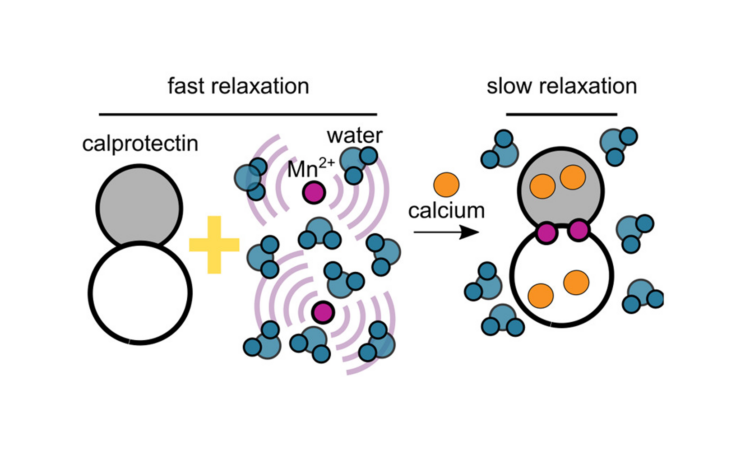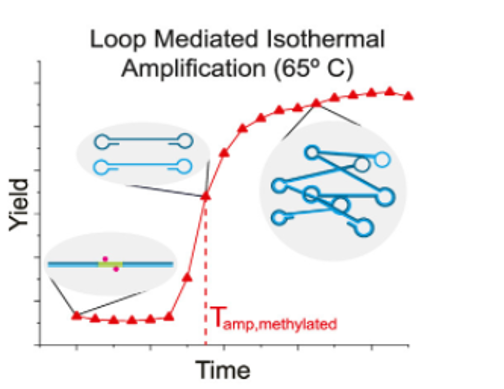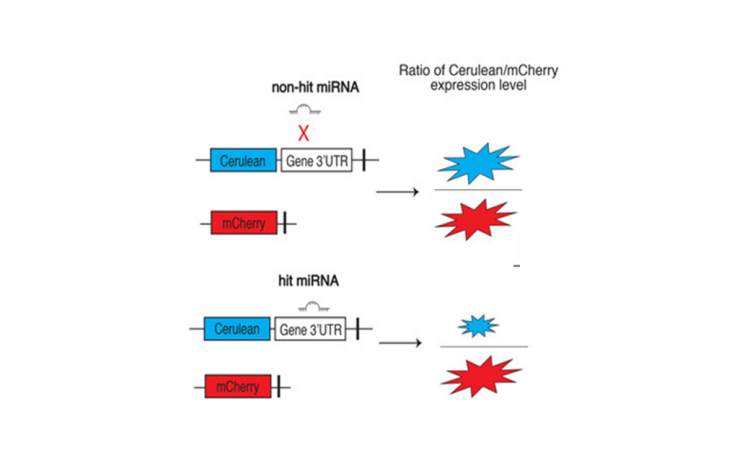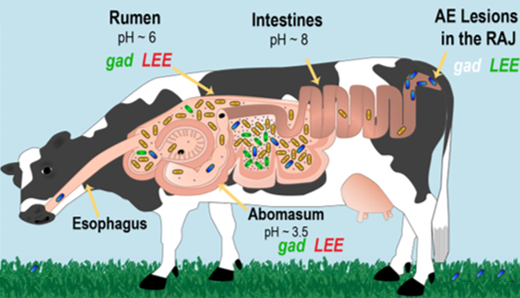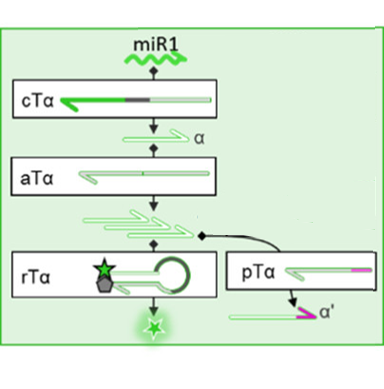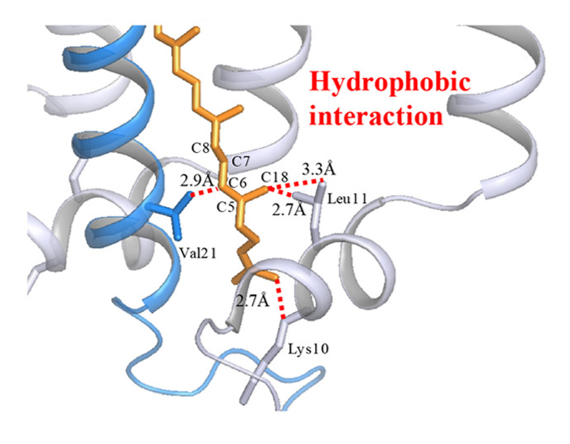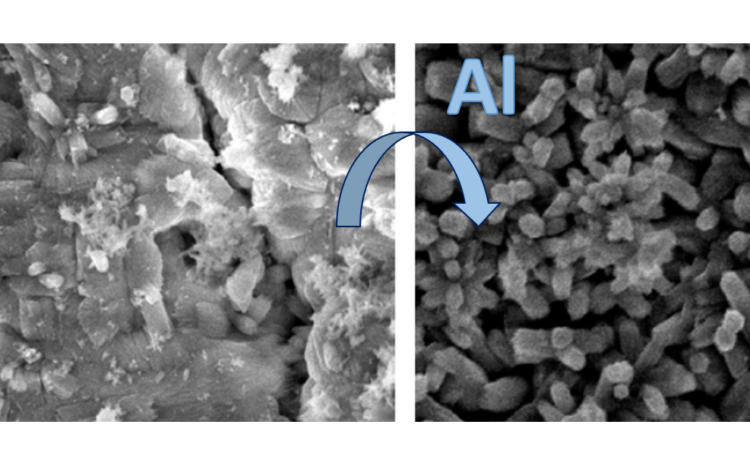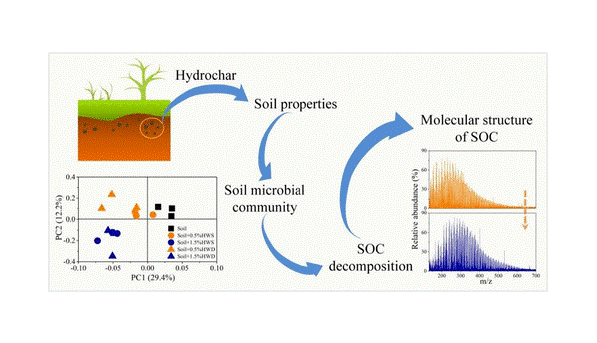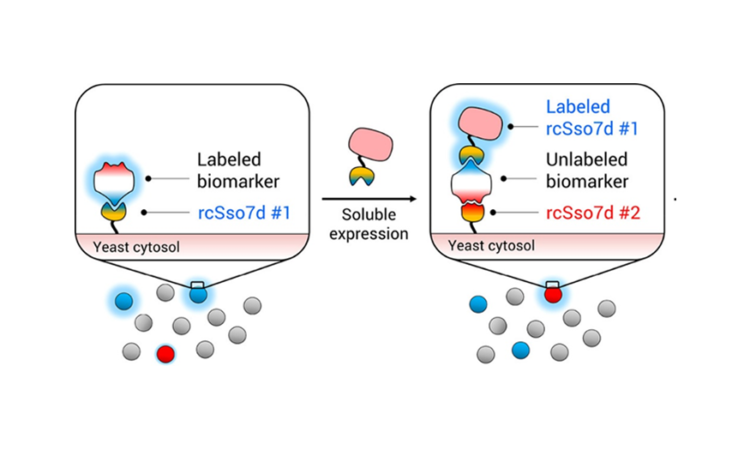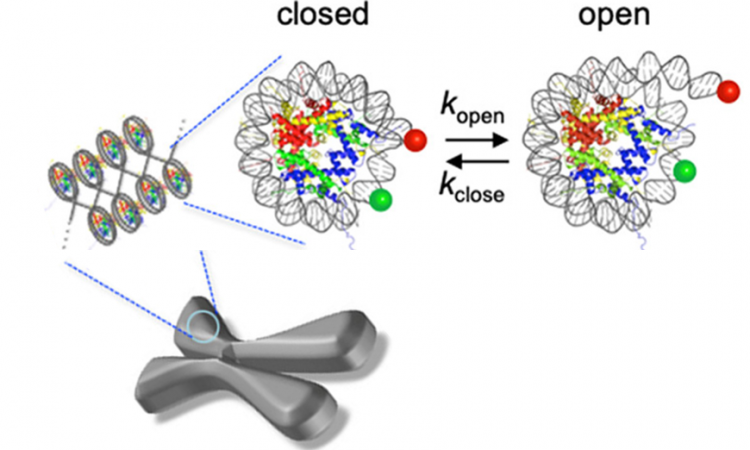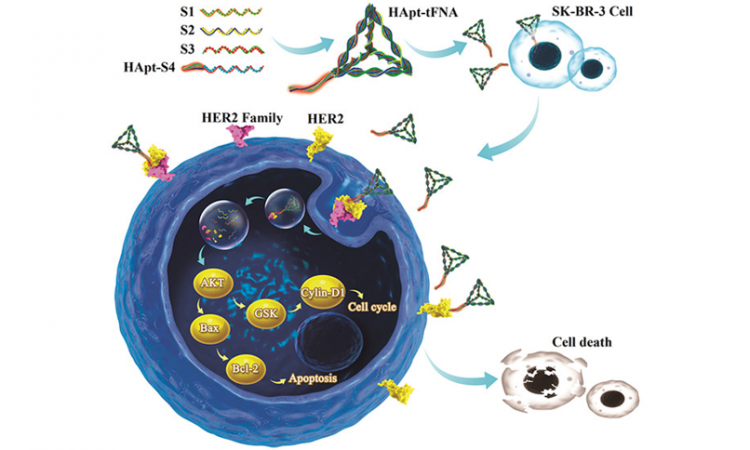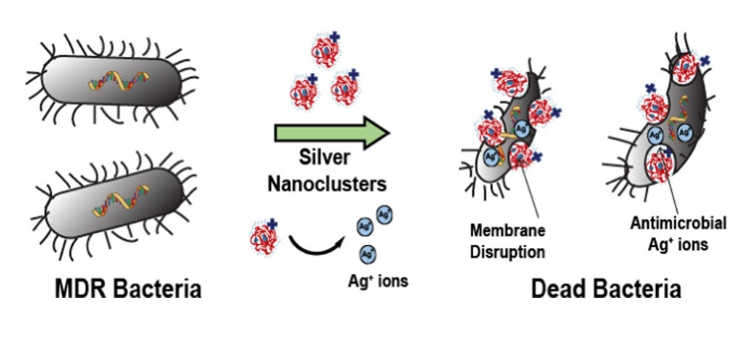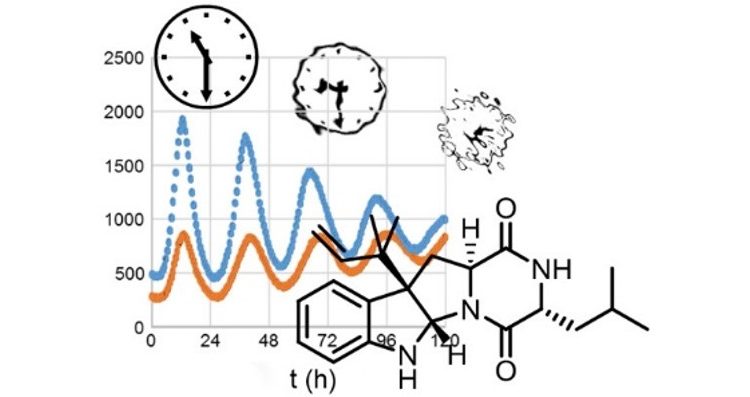Calcium is important in bones and in brains. But which brain regions have a lot of calcium? Do disease states affect calcium levels? A new tool is being developed to find out.
More than just genes: looking for disease markers in methylated DNA
A tiny methyl group (one carbon bound to three hydrogen atoms) can be a big marker for disease.
Upcycling Plant Matter
Avocado peels and uprooted invasive plants can become a source for anti-inflammatories. I’ll toast to that!
MicroRNAs: A New Assay Searches for Targets
If your DNA is a cookbook of “recipes” your cells could make, microRNAs help decide what’s for dinner.
Looking for Viruses in Wild Bats
Cataloguing viruses in bats and other animals may help predict or trace viral transmission to humans in the future.
More than SPF: Some Common Sunscreen Ingredients to Avoid
Buying sunscreen? Take a look at the ingredients list first.
Polishing a Drug Lead: A Replacement for Opioids Reaches Clinical Trials
Many molecules can decrease enzymatic breakdown of our body’s natural painkillers…but which one is fit to be the best new drug?
Pathogenic E. coli Can Survive Stomach Acid…For Now
Infected cattle can transmit E. coli to humans through contaminated ground beef, but scientists are looking for a solution.
The Smell of Rain Has a Biological Function
The earthy smell of soil originates from the bacteria that live there. But why do they produce this particular scent?
Biochemical Circuits: Modular Systems for Disease Detection
Instead of the wires, batteries, and light bulbs used in electric circuits, biochemical circuits use DNA and enzymes to get the job done.
Life in the Hot Springs: Bacterial Tricks for Thermal Stability
When cooking an egg, heat denatures proteins in the egg. How does a thermophilic bacteria prevent its proteins from denaturing too?
From Lead Pipes to Contaminated Drinking Water: Lead’s Chemical Accomplices
Lead pipes still exist in older infrastructure, but chemical water treatment can prevent (or increase!) the release of lead from the pipes to drinking water.
Better Antibiotics: Active in the Body, Degraded in the Environment
Antibiotics are lifesaving, but current practices don’t keep them from accumulating in the environment where they can damage nature and human health. A new antibiotic design aims to solve this problem.
Downstream Effects of Adding Hydrochar Nutrients to Soil
Thermochemical degradation of plant matter can create a great plant fertilizer called hydrochar. But what effect does this hydrochar have on the soil ecosystem?
Rapidly Developing Disease-Specific Detection Methods
Antibodies in your body help fight disease by specifically targeting a viral or bacterial strain. This specificity makes antibodies useful for disease detection, but how do scientists reduce the chance of false positives and false negatives?
How Long Do Nanoparticles Stay in the Body?
As nanotechnology is developed into drugs for human health, scientists need to study nanoparticle clearance rates from the body.
More than just our genetic code: how chemical modifications affect gene expression
DNA is the instruction manual for how to produce an organism, one gene at a time. But our heart cells, liver cells, and brain cells are different, despite having the same DNA, thanks in part to the “epigenetic” modifications that control which genes are expressed.
Nanoparticle Made of DNA Degrades Cancerous HER2 Protein
DNA can be more than just the genetic code. Can four specially designed strands of DNA destroy cancer cells?
POLYMER + SILVER = EFFECTIVE ANTIBIOTIC AGAINST DRUG-RESISTANT MRSA
With antibiotic resistance on the rise, these silver nanoclusters could be one way to fight back.
MOLECULE FROM FUNGUS DISRUPTS PLANT CIRCADIAN CLOCK
This plant is having trouble telling night from day…could a chemical be the culprit!?
IRON MUST GRAB AN ELECTRON BEFORE ENTERING THE CELL
A new fluorescent molecule can distinguish between Fe(II) and Fe(III) at the cell membrane.
Detecting Lung Cancer with Molecules from Our Breath
It turns out that people with lung cancer may breathe out different molecules than people without. Scientists are figuring out which molecules to look for to diagnose cancer!

